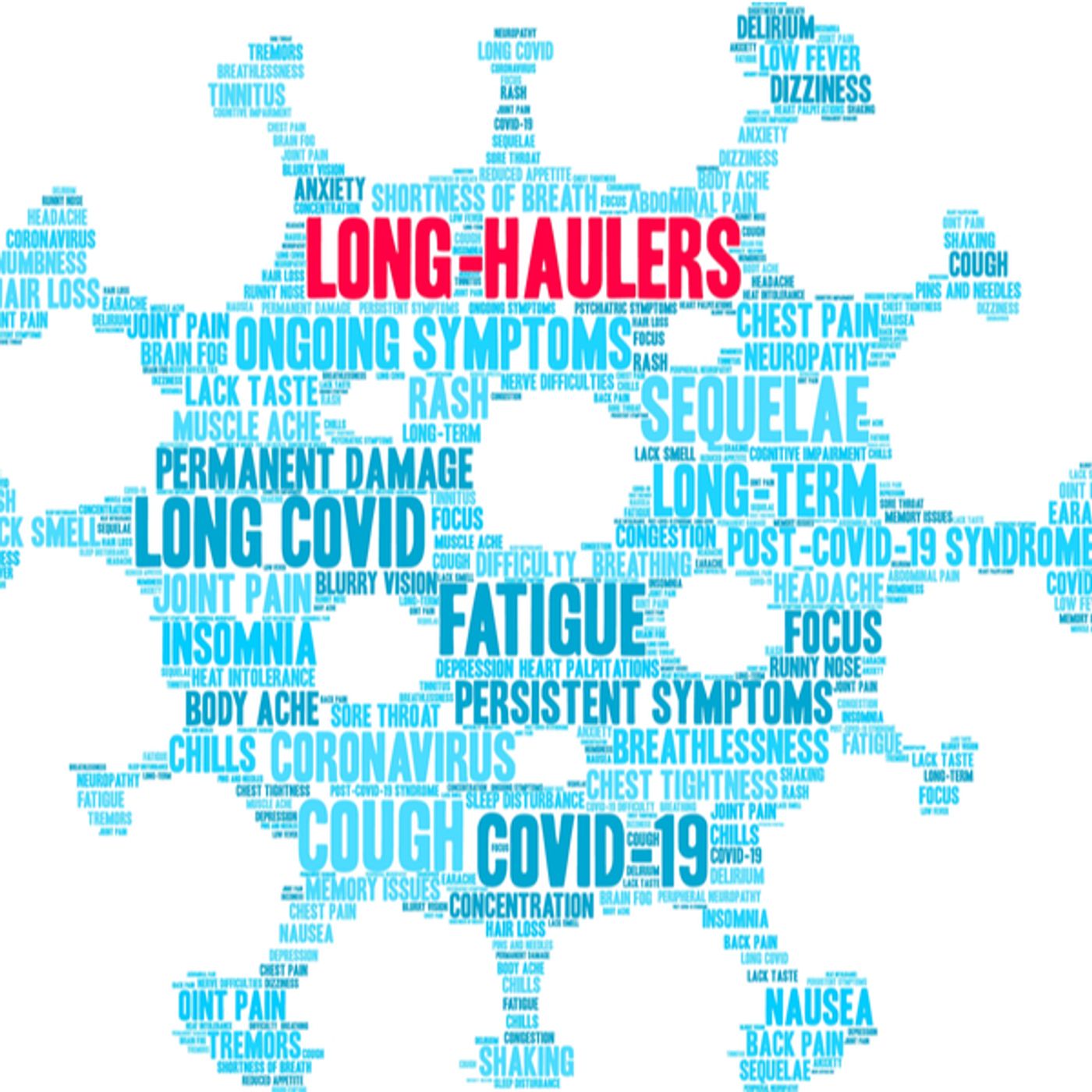Illuminating the COVID-19 Disease Profile Puzzle
Teams of science experts from numerous disciplines have been collecting data on SARS-CoV-2 for over a year to understand the complex, and frankly puzzling, disease profile. Doctors have not been able to explain why some people experience “long-COVID,” while other patients have minimal symptoms. A review in The Lancet Respiratory Medicine journal published earlier this month by a multidisciplinary group of European scientists sheds light on the biology behind this disease.
The range of COVID-19 symptoms has been puzzling: multi-organ impacts, blood clots, and hyperactive immune responses. Animal and other experimental models suggest that the overly aggressive immune-inflammation response is to blame for the severe symptoms. However, data from human patients suggest that a dysregulated immune response is actually what leads to the range of severe symptoms.
Ignacio Martin-Loeches, Clinical Professor in Trinity College Dublin's School of Medicine, Consultant in Intensive Care Medicine at St James's Hospital, and review co-author said, "Despite international focus on the virus, we are only just beginning to understand its intricacies. Based on growing evidence we propose that COVID-19 should be perceived as a new entity with a previously unknown infectious profile. It has its own characteristics and distinct pathophysiology and we need to be aware of this when treating people.”
"That doesn't mean we should abandon existing best-practice treatments that are based on our knowledge of other human coronaviruses, but an unbiased, gradual assembly of the key COVID-19 puzzle pieces for different patient cohorts - based on sex, age, ethnicity, pre-existing comorbidities - is what is need to modify the existing treatment guidelines, subsequently providing the most adequate care to COVID-19 patients."
The review article compiled the growing body of evidence indicating that the virus can infect both the upper and lower respiratory tracts. This is an important difference, since “weakly” pathogenic human coronavirus sub-species usually only affect the upper respiratory tract and cause mild symptoms, while “highly” pathogenic viruses such as SARS and ARDS settle in the lower respiratory tract.
A table in the review clearly shows the known immune differences between SARS-CoV, MERS-CoV, and SARS-CoV-2 (COVID-19). Additionally, the scientists found that the association between viral load (the amount of virus particles in an infected person) and disease severity suggests that poor viral infection control by the immune system is a major contributor to severe COVID-19 cases. Further research is needed to complete the picture of the complex immune response profile in COVID-19 cases, as well as understand the duration of immunity in recovered patients.
Sources: EurekAlert, The Lancet Respiratory Medicine









